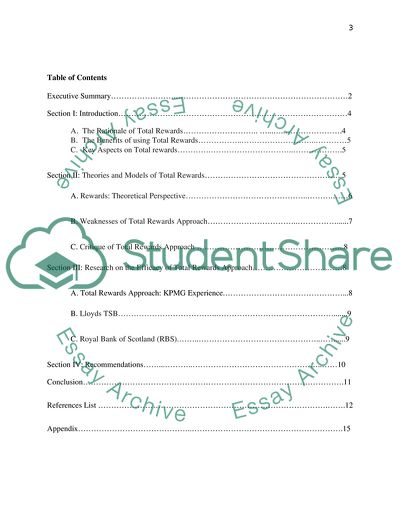Cite this document
(Total reward Essay Example | Topics and Well Written Essays - 2000 words, n.d.)
Total reward Essay Example | Topics and Well Written Essays - 2000 words. https://studentshare.org/human-resources/1814669-total-reward
Total reward Essay Example | Topics and Well Written Essays - 2000 words. https://studentshare.org/human-resources/1814669-total-reward
(Total Reward Essay Example | Topics and Well Written Essays - 2000 Words)
Total Reward Essay Example | Topics and Well Written Essays - 2000 Words. https://studentshare.org/human-resources/1814669-total-reward.
Total Reward Essay Example | Topics and Well Written Essays - 2000 Words. https://studentshare.org/human-resources/1814669-total-reward.
“Total Reward Essay Example | Topics and Well Written Essays - 2000 Words”. https://studentshare.org/human-resources/1814669-total-reward.


